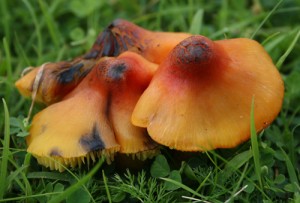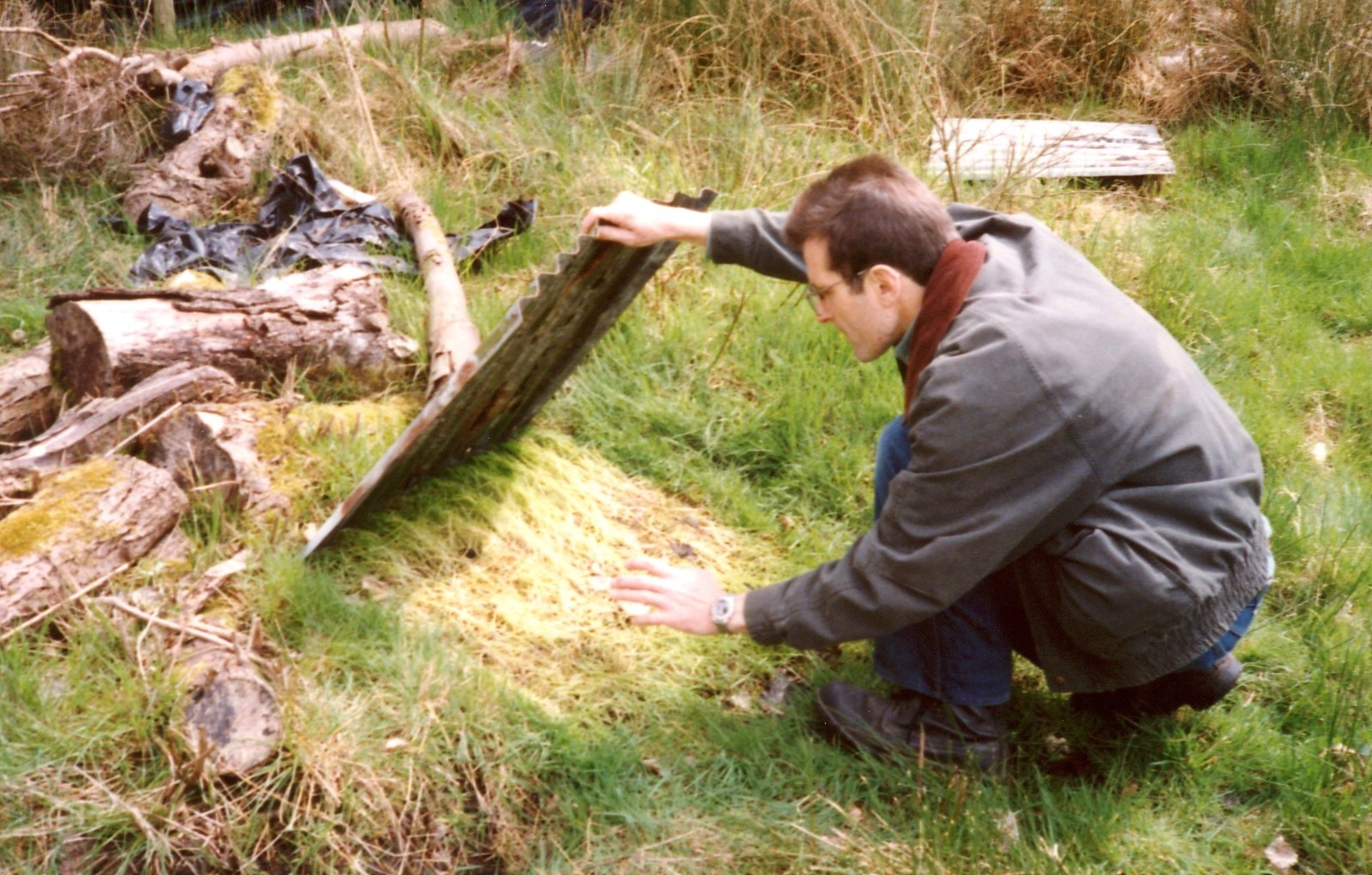Fungal Foray - Part One
Guest blog by WWT London Wetland Centre Chief Ecologist Richard Bullock

If you go down to the woods today, you could be in for a big surprise. As our summer (.....‘What summer?’ I hear you say) draws to a close, and a touch of autumn chill starts to fill the evening air, something afoot is stirring. Perhaps “underfoot” would be a more appropriate – as amidst the assortment of leaves, twigs, branches and composting leaf litter there in fact lies a complicated network of threadlike and boot laced-sized fungal strands known as mycelia and hyphae.
The fungus kingdom encompasses a vast diversity of different species with varied ecologies, life cycle strategies, and morphologies – ranging from single-celled aquatic chytrid fungi to large mushrooms. However, little is known of the true biodiversity of Kingdom Fungi, which has been estimated at around 1.5 million species. In the last couple of decades it has only become apparent how awesomely huge these organisms can be. For example, a honey fungus Armillaria solidipes in forest ranges of North America can live up to c. 2,500 years, covering an area of about 3.5 square miles. Such organisms can achieve biomass weights little short of 100 tonnes (about the weight of a Blue Whale).
A fungus is a member of a large group of organisms that includes microorganisms such as yeasts and moulds, as well as the more familiar mushrooms. They form their own kingdom, Fungi – separate from plants, animals, and bacteria. Fungi form a single group of related organisms, named the Eumycota (or true fungi), but does not include structurally similar organisms such as the slime moulds.
Although globally ubiquitous, most fungi are small and inconspicuous because of the small size of their structures. They also have cryptic lifestyles in soil and on dead matter; but also as symbionts of animals, plants or other fungi. They are most noticeable when fruiting, either as mushrooms or moulds. Fungi are essential in the decomposition of organic matter and play a vital role in nutrient cycling within ecosystems.
Those devoted to the study of fungi are known as mycologists. You may have been fortunate to have encountered one of these mycological enthusiasts hosting one of their annual autumn public events endearingly known as the ‘fungal foray’. A fungal foray is a great way of meeting like-minded or interested individuals with a love of “shrooms” – sometimes referred to collectively by their knowledgeable mentors as ‘fun guys’ and ‘fun gals’.
Mankind has had a long association with fungi including: collection of mushrooms and truffles for food; as a leavening agent for bread; for fermentation processes (e.g. alcoholic beverages and soy sauce); production of antibiotics; enzyme production for industry and in detergents; and biological pesticides to control weeds, plant diseases and insect pests.
On the flipside, there are certain attributes about fungi that occasionally give these oft-maligned organisms a bad press, ranging from aspects such as: toxicity from mycotoxins in some species to animals including humans; their ability to break down manmade materials and buildings; the ability of some species to become significant pathogens of humans and other animals; and from losses of crops due to fungal diseases or food spoilage, which can have a big impact on human food supplies and local economies. Furthermore, the fruiting structures of a few species contain psychotropic compounds and in some cultures are consumed recreationally or in traditional spiritual ceremonies.



